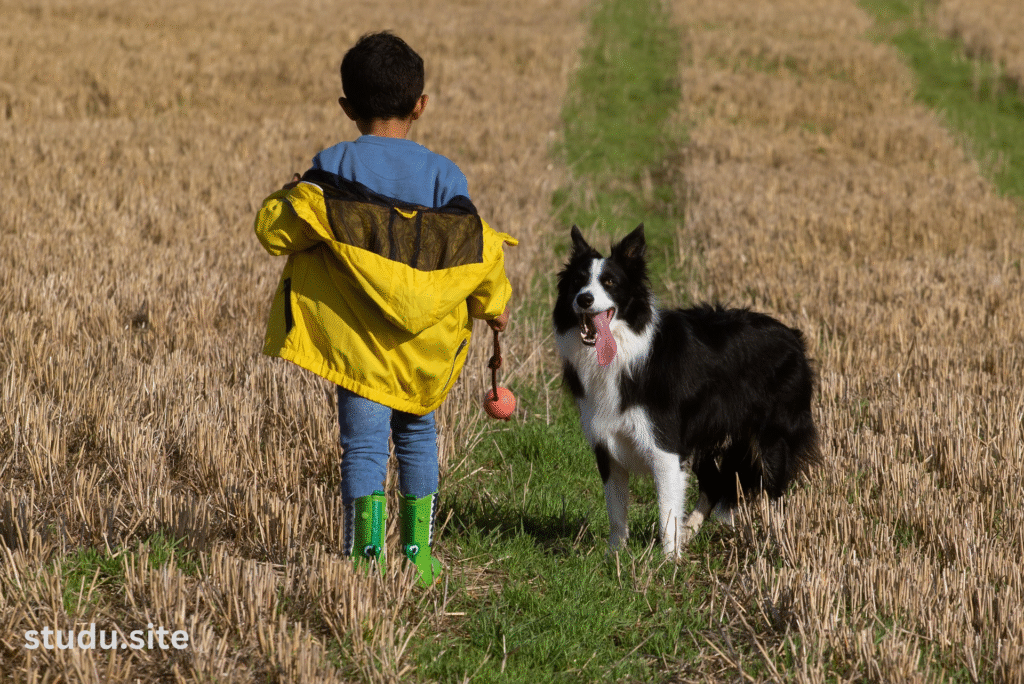Introduction: Can Dogs Eat Ham?
As a pet owner, you’ve likely faced the temptation to share a tasty piece of ham with your dog, especially during holiday gatherings or family meals. Those pleading puppy eyes are so difficult to resist! But the question is: Is ham safe for dogs? Although ham is not toxic to dogs by nature, it’s not a simple yes or no. This blog post discusses the safety, possible benefits, health hazards, and best practices for giving ham to your furry friend so you can make informed decisions in what you feed your dog.

Is Ham Safe for Dogs?
Plain, cooked ham in small quantities can be safe for dogs to consume, as long as it is devoid of toxic seasonings, preservatives, or cooking procedures. Ham is pork, and pork that has been cooked is safe to feed your dog moderately. Nevertheless, there are some reasons why ham is not the best treat for your dog. Let’s analyze.
Types of Ham to Consider
-
Plain, Cooked Ham: A lean piece of plain, fully cooked ham with no spice, garlic, or onion added is the best choice.
-
Cured Ham: Hams are often cured with salt, sugar, or nitrates, which are harmful to dogs.
-
Smoked or Glazed Ham: These are usually filled with poisonous substances such as garlic, onion powder, or sweet glazes, which are poisonous for dogs.
-
Raw Ham: Uncooked pork, such as raw ham, may contain parasites such as Trichinella spiralis that causes trichinosis or bacteria such as Salmonella. Always steer clear of raw ham.
Why Moderation is Key
Even safe ham should be a rare treat, not a staple of your dog’s regular diet. The American Kennel Club (AKC) advises that treats, including human foods such as ham, constitute no more than 10% of the daily caloric intake of a dog. The remaining amount must be obtained from a high-quality dog food with a balanced formula suitable to their nutritional requirements.
Potential Benefits of Ham for Dogs
Although ham is not a dog superfood, it does provide some nutritional benefits when served in moderation:
-
Protein Source: Ham has high protein levels, promoting muscle development, tissue healing, and energy levels.
-
Vitamins and Minerals: Ham provides trace amounts of B vitamins (such as B12), zinc, and iron, which support healthy coat, skin, and immune system.
-
Palatability: Canines adore the flavor of ham and will be a good motivator in training or encouragement of good behavior.
These advantages are limited to the disadvantages, though, and there are healthier, safer sources of protein for dogs, including cooked chicken, turkey, or fish.
Health Risks of Feeding Ham to Dogs
Ham’s rich fat, salt, and additive nature can cause serious health problems for dogs, particularly when consumed frequently or in large amounts. The following are the major concerns:
1. Excessive Sodium Content
Cured ham is rich in salt, which is toxic to dogs. Having too much sodium can cause:
-
Salt Poisoning: Symptoms involve vomiting, diarrhea, lethargy, tremors, and seizures. In critical conditions, it can be life-threatening.
-
Thirst and Urination: Excessive thirst and frequent urination, putting a strain on your dog’s kidneys, are caused by high sodium.
-
Heart and Kidney Issues: Heart disease or kidney illness can be worsened by long-term high-sodium diet, particularly in older animals or those with existing conditions.
PetMD estimates that one slice of ham may have 200–300 mg of sodium, more than a small dog can safely consume in a day.
2. High Fat Content
Ham, especially the fatty parts, is full of fat, which may lead to:
-
Pancreatitis: This inflammatory disease of the pancreas is induced by high-fat food. Vomiting, stomach ache, and drowsiness are signs that demand prompt veterinary attention.
-
Obesity: Daily intake of oily food such as ham results in excessive weight gain, exposing the body to the dangers of diabetes, joint problems, and heart disease.
3. Poisonous Seasonings and Additives
Most hams contain ingredients harmful to dogs, including:
-
Garlic and Onions: Found in glazes or rubs, these are poisonous and can induce hemolytic anemia, which destroys red blood cells.
-
Nitrates and Nitrites: Employed in curing, these preservatives are associated with gastrointestinal upset and, in large quantities, possible long-term health effects.
4. Choking and Digestive Hazards
-
Bones: Ham bones, cooked or raw, splinter and can lead to choking, intestinal obstruction, or perforated organs. Under no circumstances provide ham bones to your dog.
-
Richness: A small quantity of ham is enough to distress sensitive stomachs, causing diarrhea or vomiting.
5. Long-Term Health Issues
Regular ham intake may lead to long-term conditions such as hypertension, kidney disease, or gastrointestinal diseases, especially in breeds that are susceptible to these issues, like Dachshunds, Bulldogs, or older dogs.
How to Feed Ham to Your Dog Safely
If you plan to give ham to your dog, use the following steps to reduce risks:
-
Choose Plain, Low-Sodium Ham: Select plain, fully cooked ham with less fat and without toxic ingredients. Wash it under running water to remove excess salt.
-
Portion Control: Give a very small amount—about the size of a pea for small breed dogs or a dime for large breed dogs—as a rare treat.
-
Remove Fat and Bones: Cut away all obvious fat and make sure no bones are present.
-
Monitor Your Dog: Observe for signs of stomach upset, excessive thirst, or strange behavior following the ingestion of ham.
-
Consult Your Vet: If your dog has medical conditions such as pancreatitis, kidney disease, or a restricted-sodium diet, consult your veterinarian prior to giving ham.
Safer Alternatives to Ham for Dogs
As an alternative to ham, try these dog-safe, nutrient-sufficient treats:
-
Cooked Chicken or Turkey: Lean, unseasoned turkey or chicken is rich in protein and low in fat.
-
Carrots or Green Beans: Low-calorie, crunchy veggies are excellent for chewing and digestion.
-
Plain Pumpkin: A teaspoon of canned pumpkin (not pie filling) promotes digestion and is low in sodium.
-
Commercial Dog Treats: Select vet-approved treats designed for your dog’s size and dietary requirements.
These choices give the same satisfaction without the dangers of ham.
What to Do If Your Dog Ate Ham Unintentionally
If your pet snuck a bit of ham, don’t worry. Evaluate the situation:
-
Check the Amount: A tiny bite is less worrisome than a big chunk.
-
Determine Ingredients: Was the ham garlic- or onion-seasoned? Was it bony or fatty?
-
Watch for Signs: Be aware of vomiting, diarrhea, excessive thirst, or drowsiness. Call your vet if symptoms are seen or if your dog consumed a lot of ham.
-
Call Your Vet or Poison Control: For an emergency, call your vet or the ASPCA Animal Poison Control Center at (888) 426-4435.
Common Myths About Feeding Ham to Dogs
-
Myth: A little ham is always harmless.
Fact: Even small amounts can be risky due to high sodium and fat content, especially for small or sensitive dogs. -
Myth: Ham bones are safe for chewing.
Fact: Ham bones can splinter and cause choking or intestinal blockages. -
Myth: Dogs can eat any human food in moderation.
Fact: Many human foods, including ham, contain ingredients or nutrients unsuitable for dogs.
Conclusion
While ham may be safely ingested by dogs in small, occasional quantities, it’s not a suggested treat because of its elevated sodium, fat, fat content, and added ingredients. The dangers of salt poisoning, pancreatitis, and gastrointestinal upset far outweigh the slight nutritional gain. Instead, choose safer, more dog-friendly alternatives that maintain your furry friend healthy and content. Always consult your vet prior to adding new foods, particularly if your dog has food allergies or health issues.
